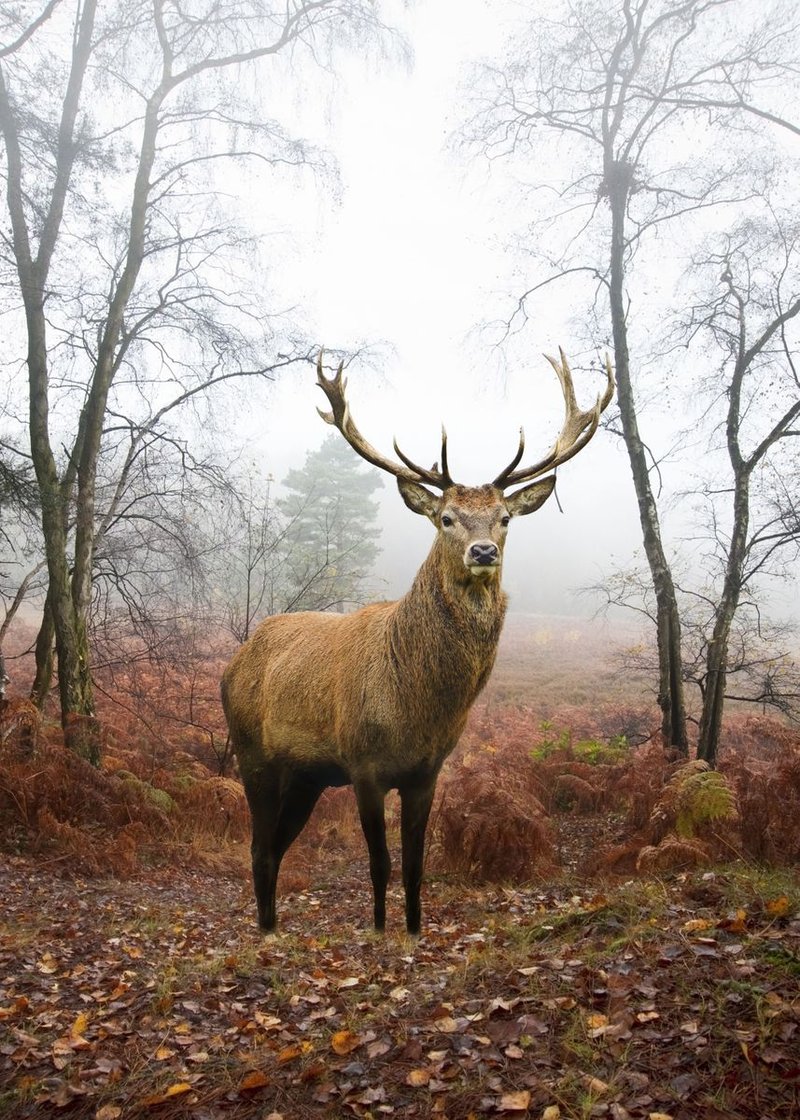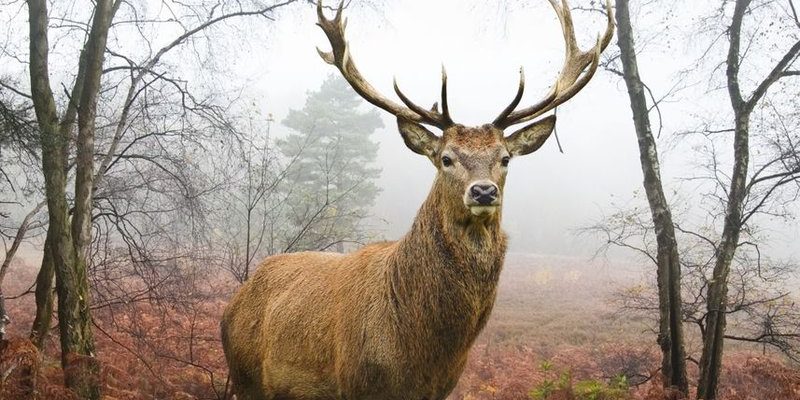
Across the globe, various species of stags—like the iconic red deer and the less familiar sika deer—are struggling due to habitat loss, poaching, and climate change. While some populations are stable, others are teetering on the brink of extinction. The question we should be asking is: how can we help these magnificent animals survive? Let’s explore the current status of stags around the world, what’s threatening them, and what’s being done to conserve their populations.
Understanding the Different Species of Stags
You might be surprised to learn that not all stags are created equal. The term “stag” commonly refers to adult male deer, but there are several species with unique characteristics. For example, the red deer is known for its large size and impressive antlers, while the sika deer, often found in Asia, is smaller and has a distinctive spotted coat.
It’s also worth noting that stags are social animals. They often live in herds, which helps them protect one another from predators. But even within these groups, competition is fierce during mating season, leading to dramatic displays of strength and agility. So, when we talk about stags, we’re not just discussing a single type of animal; we’re looking at a whole family of creatures, each with its own story.
The Current Status of Stag Populations
As of now, the conservation status of stags varies widely between species. The International Union for Conservation of Nature (IUCN) lists some stag species as Least Concern while others are critically endangered. For instance, the IUCN classifies the European red deer as stable, but the Korean sika deer is struggling due to habitat loss and hunting pressures.
You might wonder why some species manage to thrive while others decline. It often boils down to their environments and how well they adapt to changes. Urban development, agriculture, and logging can fragment their habitats, making it harder for them to find food and mates. This fragmentation leads to isolated populations, which are more vulnerable to extinction.
Threats Facing Stags Globally
Habitat loss is one of the most pressing threats faced by stags around the world. As cities expand and farmland encroaches into wild areas, the natural environments that stags need to thrive vanish. Think about it: if you were suddenly forced to move from your home, leaving behind everything familiar, how would you survive?
Along with habitat loss, hunting and poaching have dire consequences for stag populations. Some cultures prize stag antlers for their supposed medicinal properties, leading to illegal hunting practices. This not only decreases the population numbers but can also disrupt the social structures of herds. When older males are removed, younger ones may not yet have the size or experience to compete effectively, leading to further population declines.
Conservation Efforts for Stags
Despite these challenges, the tide can be turned. Numerous organizations and initiatives are dedicated to conserving stag populations. For instance, protected areas, such as national parks, provide a safe haven where stags can live and reproduce without the threat of poaching or habitat loss. These areas often have strict regulations to limit human interference, allowing wildlife to flourish.
Moreover, community-based conservation efforts encourage local populations to participate in protecting stags. Local engagement is vital. When communities value stags, they’re more likely to protect them. Some programs offer alternative income sources, like ecotourism, which can lessen reliance on hunting and promote conservation.
How You Can Help Stag Conservation
Feeling inspired to make a difference? There are several ways individuals can contribute to stag conservation. One simple action is to support organizations that focus on wildlife preservation. Whether it’s through donations or volunteering, your efforts can have a lasting impact.
You can also educate others about the importance of stags in our ecosystems. Sharing knowledge about these stunning creatures helps raise awareness and fosters a culture of respect and conservation. Awareness campaigns play a crucial role in protecting wildlife by informing the public about the threats that stags face.
Another practical way to help is by advocating for wildlife-friendly practices, such as sustainable farming and responsible land use. When communities prioritize conservation-friendly methods, stags—and countless other species—benefit.
The Role of Legislation in Stag Protection
Legislation plays a critical role in safeguarding stag populations. Many countries have established laws that protect wildlife from poaching and habitat destruction. However, the enforcement of these laws can be inconsistent.
The CITES (Convention on International Trade in Endangered Species) agreement regulates international trade in wildlife, including stags, to prevent exploitation. Stronger laws and consistent enforcement can make a significant difference in the fight against poaching and habitat loss.
Additionally, local governments can implement zoning laws that prioritize wildlife habitats over development projects. When lawmakers recognize the intrinsic value of wildlife, it creates a ripple effect that can lead to better protection for vulnerable species.
Is the stag endangered? The answer is complex. Some species are thriving, while others are in peril due to various threats. But here’s the encouraging part: we have the power to make a difference. By educating ourselves and others, supporting conservation organizations, and advocating for impactful policies, we can help ensure that future generations will experience the beauty of stags in their natural habitats.
Every small action counts. Let’s stand together to protect these remarkable creatures. After all, their survival isn’t just about preserving a species—it’s about maintaining the balance of our ecosystems and enjoying the beauty of nature that makes our world so extraordinary.

